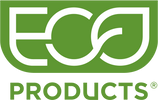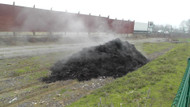Breaking Down the Different Types of Industrial Composting Technologies
May 22nd 2025
Composting is one of the most effective tools we have for reducing landfill waste, cutting greenhouse gas emissions, and turning resources that were once considered ‘garbage’ into something genuinely valuable.
Not all industrial composting processes are the same. Let’s break it down.
Industrial composting is designed to safely and efficiently process larger volumes of organic materials often including food scraps, yard waste, and certified compostable packaging. Because of its process and scale, it tends to be able to process more complex organic materials than a home composting process can.
At the heart industrial composting processes are three core composting technologies: Windrow, Aerated Static Pile (ASP) and In-Vessel systems. Each works a bit differently and knowing how they function can help businesses make smarter decisions about what materials they send to compost and which products they choose to use.
Windrow Composting
Windrow composting is the most traditional method used at large scale, especially in agriculture. Organic materials are arranged in long, tall, narrow rows (or “windrows”) that are regularly turned to keep oxygen flowing and temperatures high. Windrow systems are a time-tested method that works well with consistent feedstocks, but it does require land space and ongoing management to maintain the right conditions.
Aerated Static Pile (ASP)
Instead of turning piles manually, ASP systems use a series of blowers and perforated pipes to push or pull air through the compost. This helps regulate temperature and oxygen levels throughout the pile without disturbing the material. ASP systems are often found in more urban or suburban areas and are especially useful when facilities need to manage odors or process more diverse types of waste. They allow fast and consistent composting, making them a flexible option for a wide range of materials.
In-Vessel Composting
In-vessel composting is the most contained and controlled method of the three. It takes place inside a sealed drum, silo, or container, inside of which every variable (including temperature, moisture and aeration) is carefully managed. This system allows composting to happen in places where land is limited.
In-vessel systems are often used by large public venues like universities, stadiums, or hospitals, or in communities looking for a convenient and land space efficient option. They’re also well-suited for handling food waste and certified compostable packaging in settings where speed, control and minimal environmental impact are essential.
Industrial Composting as a System, Not Just a Green Bin
For businesses committed to sustainability, the composting process doesn’t begin and end with the green organics collection bin. It involves a whole chain of procurement, education, collection, hauling, processing, and infrastructure.
Knowing how composting works behind the scenes, and what organic materials a compost facility accepts, helps businesses choose the right products to use, support the right waste diversion infrastructure, and communicate with clarity and confidence.
By staying informed and asking questions, companies can make better choices that support their sustainability goals, and the composting infrastructure needed to achieve them.
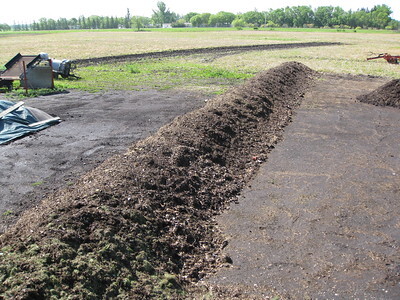
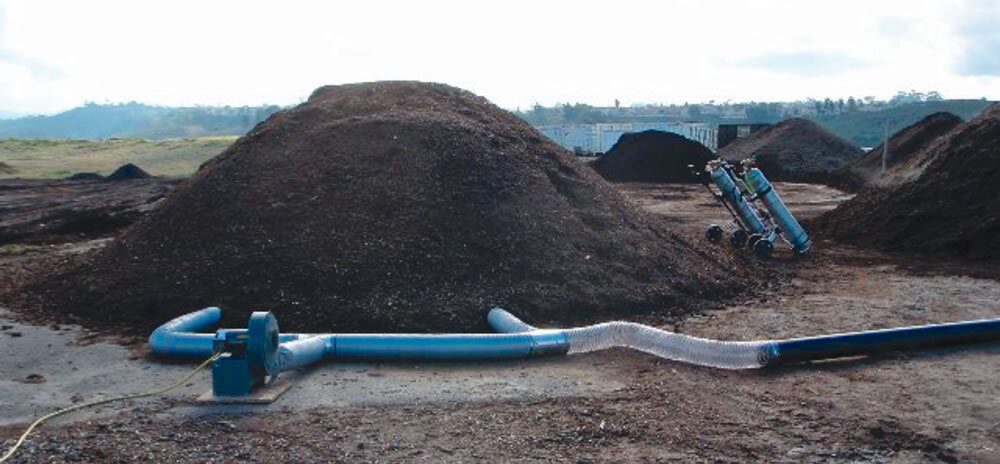
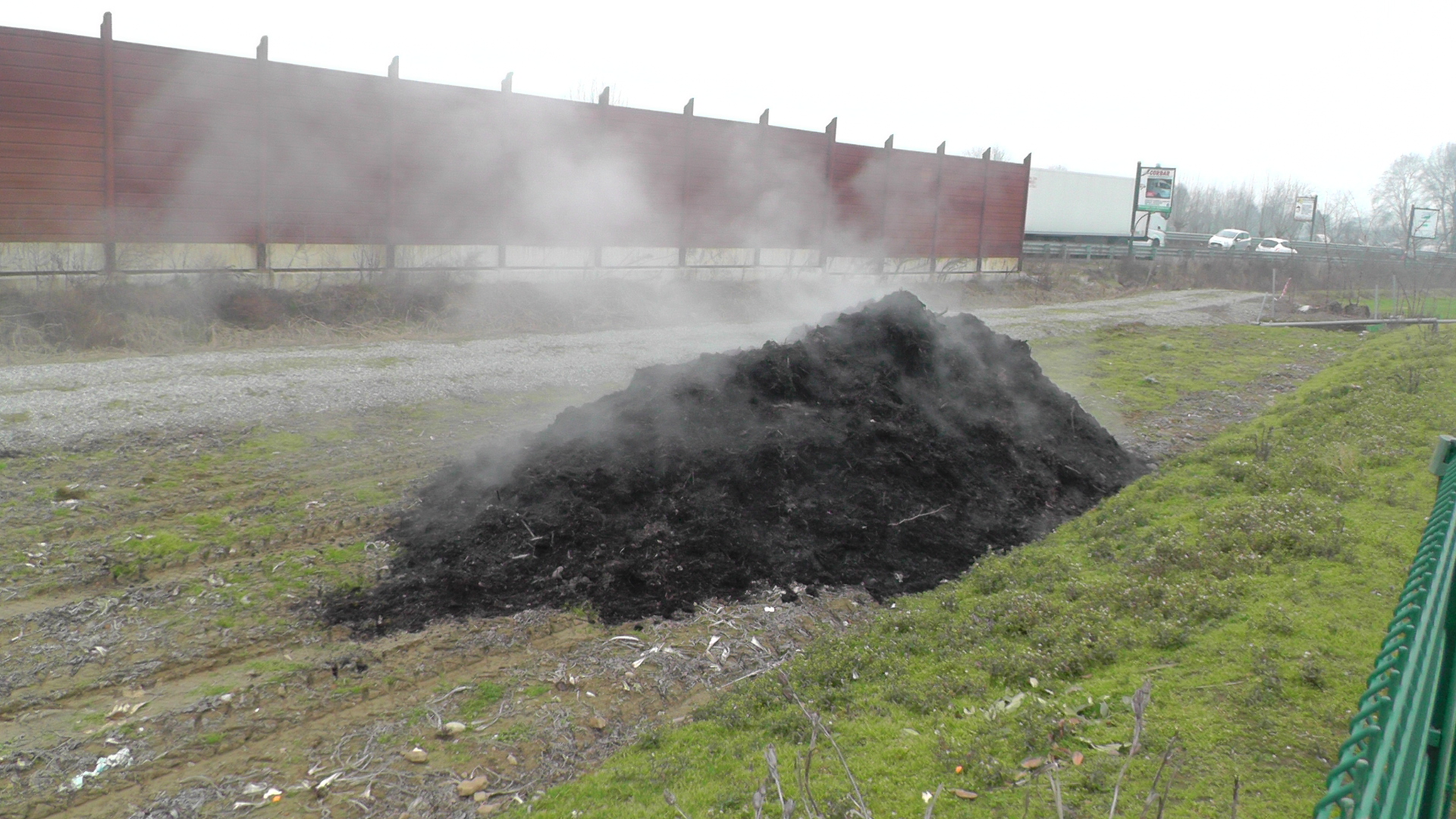
It is important to check with your local compost facility to confirm what materials are accepted into the organics recycling stream in your area. Do not place unacceptable materials into the compost collection bin!
Interested in learning how set up and maintain an effective composting program? Visit www.ecoproducts.com to learn more about our CIRC (Controls Intended to Remove Contamination) program, designed to address contamination concerns through a systems approach to organics recycling.
